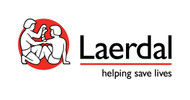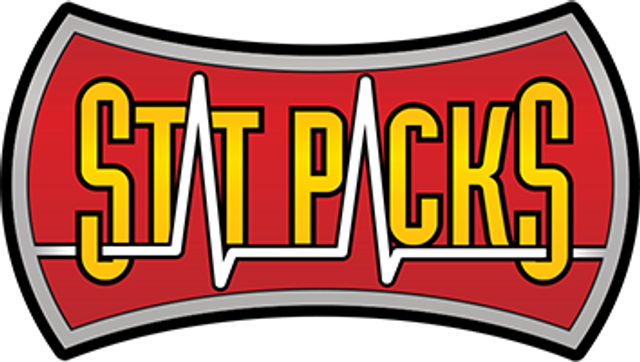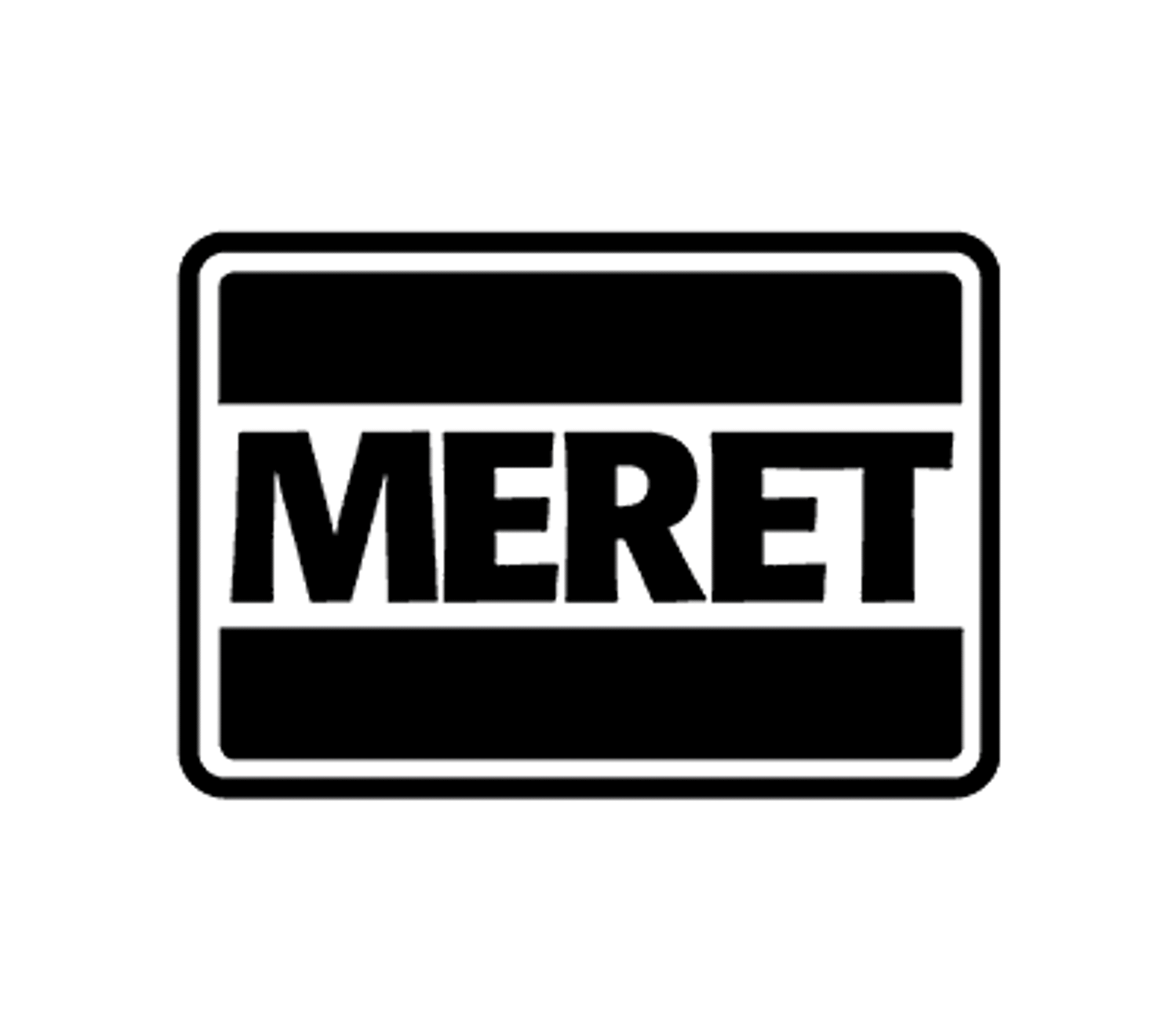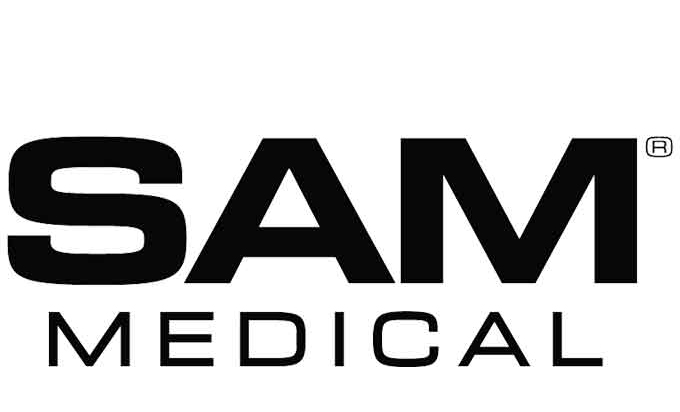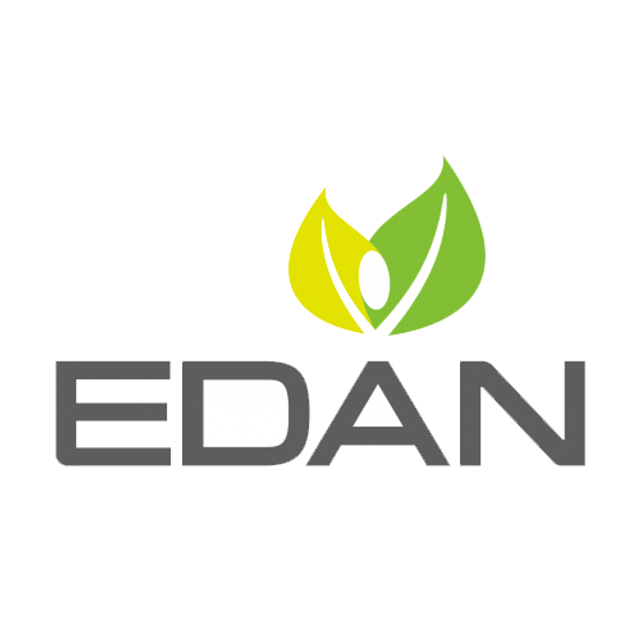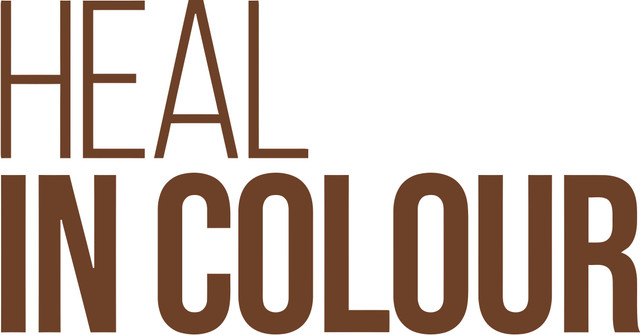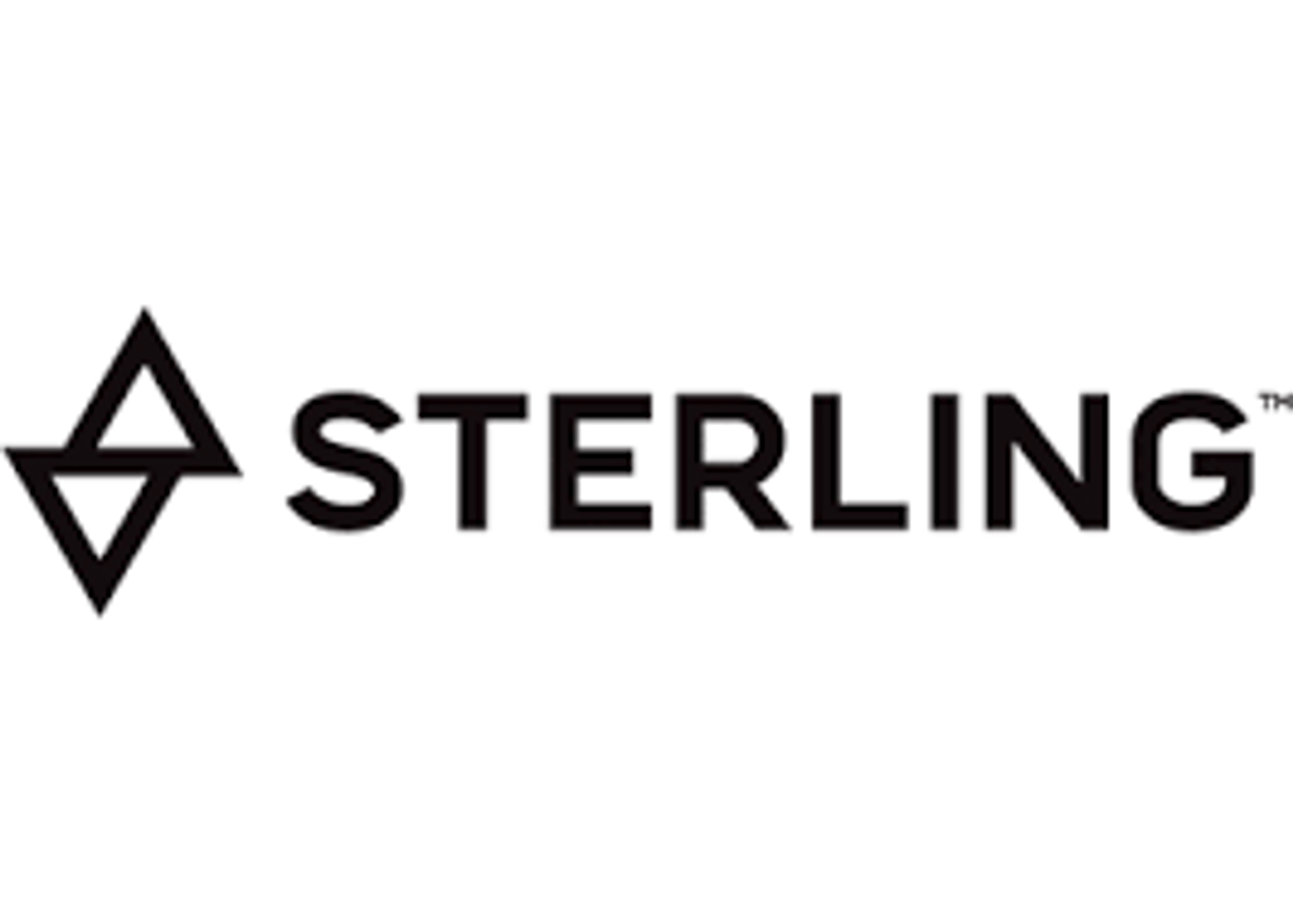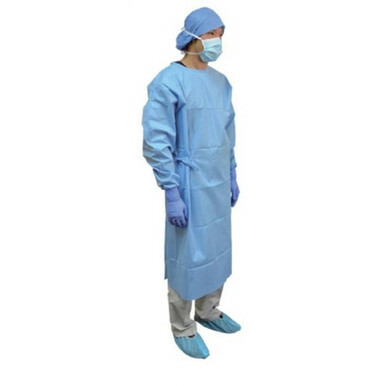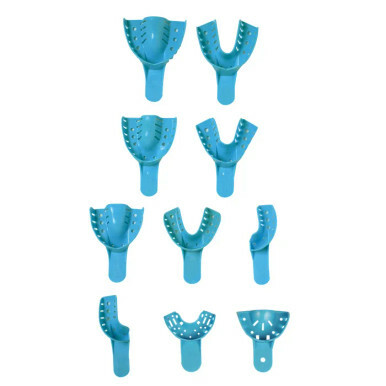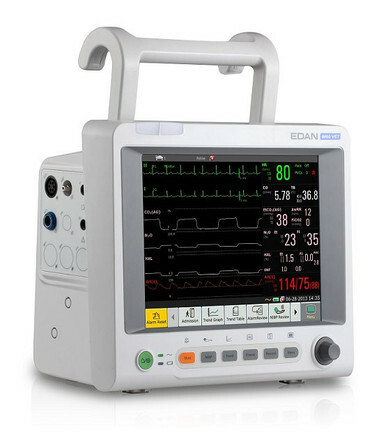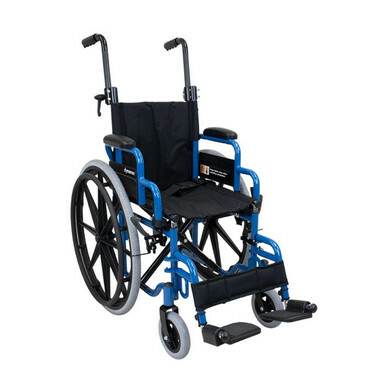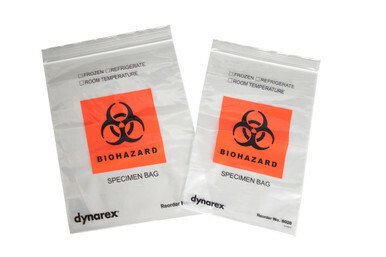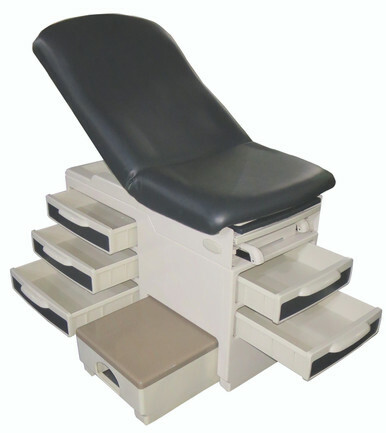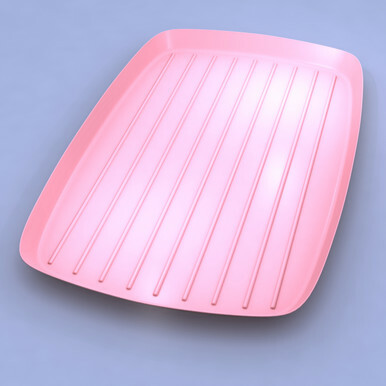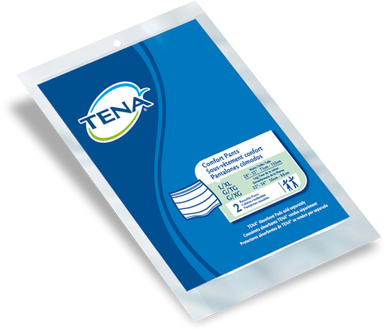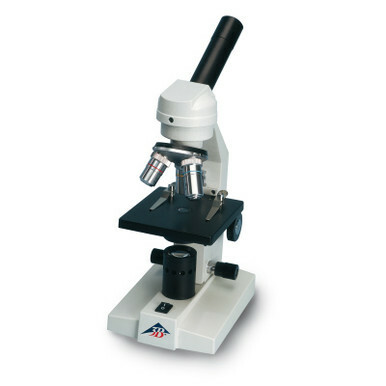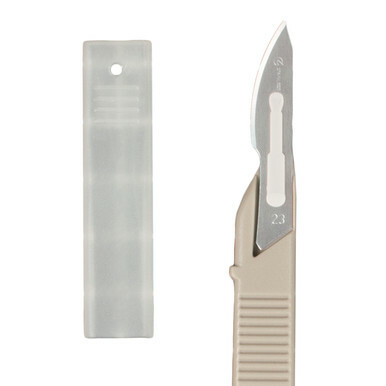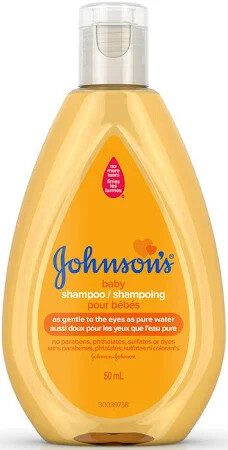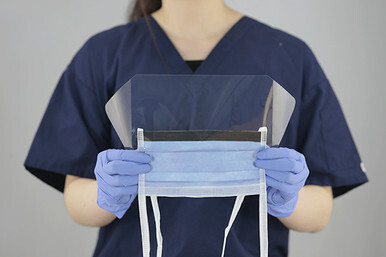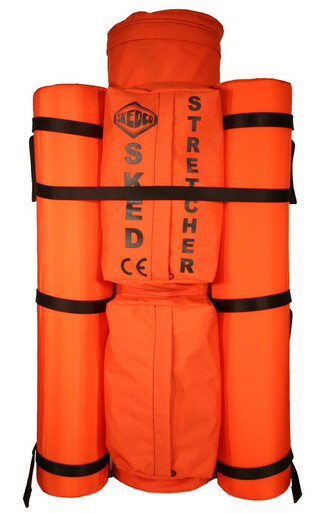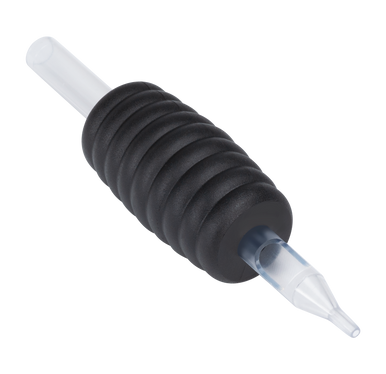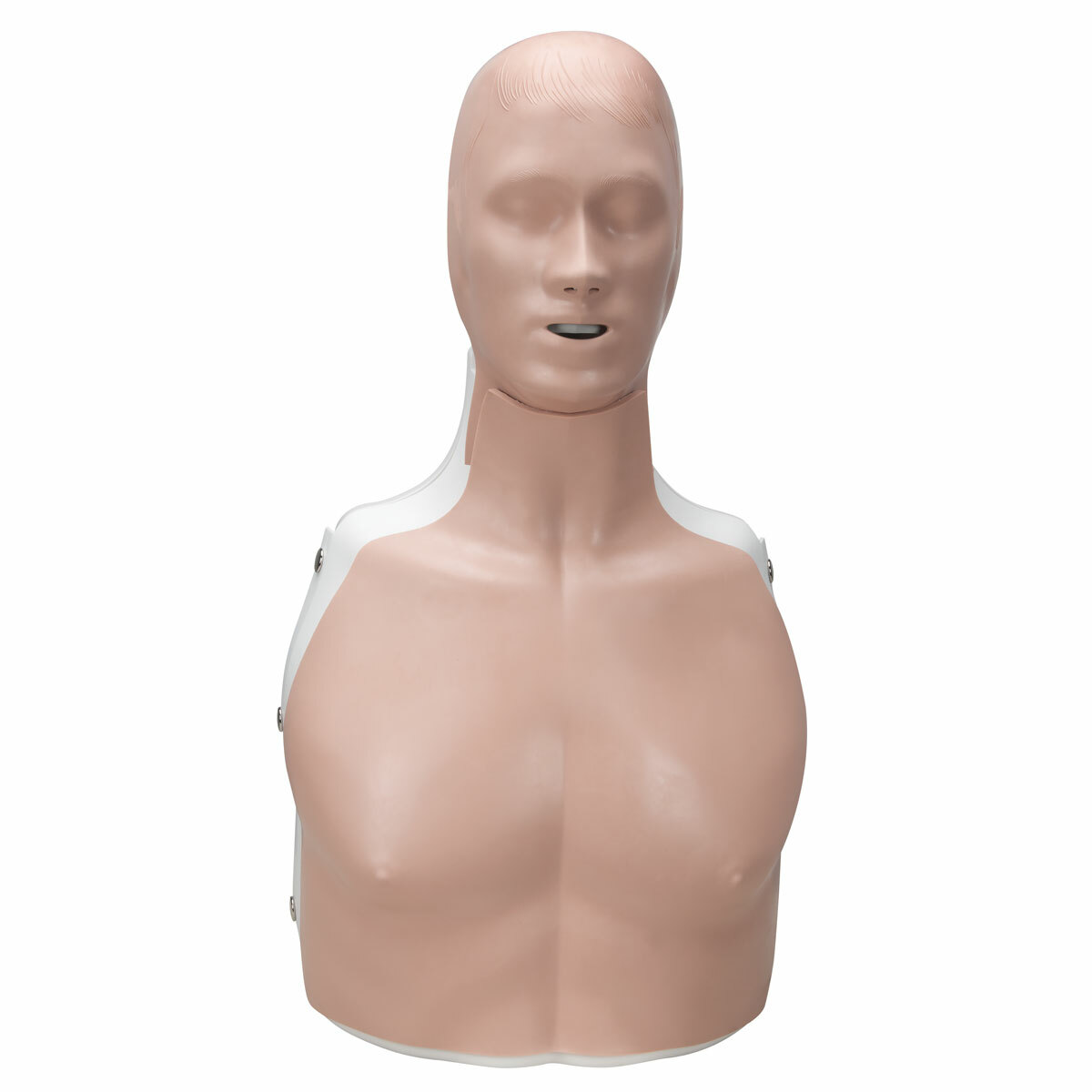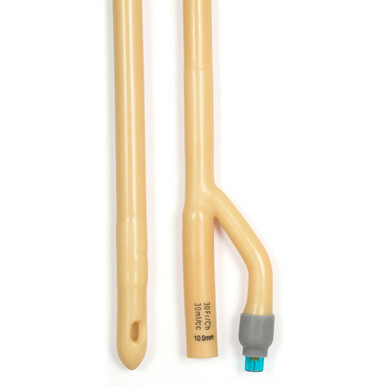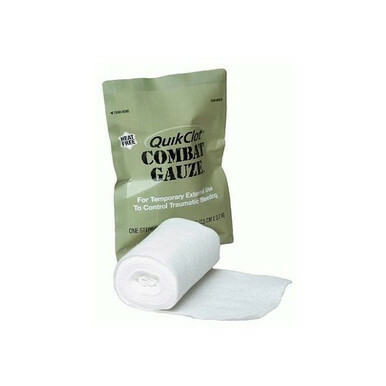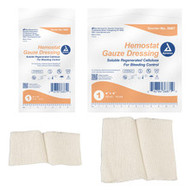The Essential Guide to Gauze and Medical Dressings: A Closer Look at Wound Care
Posted by EMRN on 25th Aug 2023
When it comes to wound care, medical professionals and caregivers understand the importance of selecting the right materials. Gauze and medical dressings play a pivotal role in wound management, ensuring proper healing, infection prevention, and patient comfort. In this comprehensive blog post, we delve into the world of gauze and medical dressings, exploring their types, uses, benefits, and best practices.
Types of Gauze and Medical Dressings:
- Traditional Gauze: Traditional gauze is a versatile and widely used material in wound care. It is available in various sizes and thicknesses and is commonly made from cotton. Traditional gauze is often used for cleaning wounds, applying topical medications, and absorbing exudate.
- Non-Adherent Dressings: Non-adherent dressings are designed to minimize trauma to the wound during dressing changes. They prevent the dressing from sticking to the wound bed, reducing pain and promoting healing.
- Alginate Dressings: Alginate dressings are derived from seaweed and are highly absorbent. They are particularly useful for wounds with heavy exudate, such as pressure ulcers and venous leg ulcers.
- Hydrocolloid Dressings: Hydrocolloid dressings create a moist environment that supports wound healing. They are impermeable to bacteria and water, making them suitable for wounds in need of protection and a moist environment.
- Foam Dressings: Foam dressings provide cushioning and absorbency, making them ideal for wounds with moderate to heavy exudate. They are also helpful for wounds with irregular surfaces.
Benefits of Gauze and Medical Dressings:
- Infection Prevention: Properly selected dressings help prevent infection by creating a barrier between the wound and external contaminants.
- Moist Wound Healing: Many modern dressings promote moist wound healing, which has been shown to accelerate the healing process and reduce scarring.
- Exudate Management: Dressings are designed to manage different levels of exudate, ensuring the wound bed stays at an optimal moisture level for healing.
- Comfort and Pain Management: The right dressings can alleviate pain, reduce discomfort, and minimize trauma during dressing changes.
Best Practices for Gauze and Dressing Application:
- Assessment: Properly assess the wound's type, size, depth, and exudate levels before selecting a dressing.
- Clean Wound Bed: Ensure the wound bed is clean and free of debris before applying the dressing.
- Frequency of Dressing Changes: Follow the recommended schedule for dressing changes based on the wound's condition and the type of dressing used.
- Secure Dressing: Properly secure the dressing to prevent movement and contamination. Use medical tape or specialized dressings with adhesive properties.
Conclusion:
Gauze and medical dressings are fundamental tools in wound care, contributing to effective healing, infection prevention, and patient comfort. By understanding the different types of dressings available and following best practices for application, medical professionals and caregivers can optimize wound management and contribute to positive patient outcomes. Always consult with a healthcare provider for personalized wound care recommendations.



